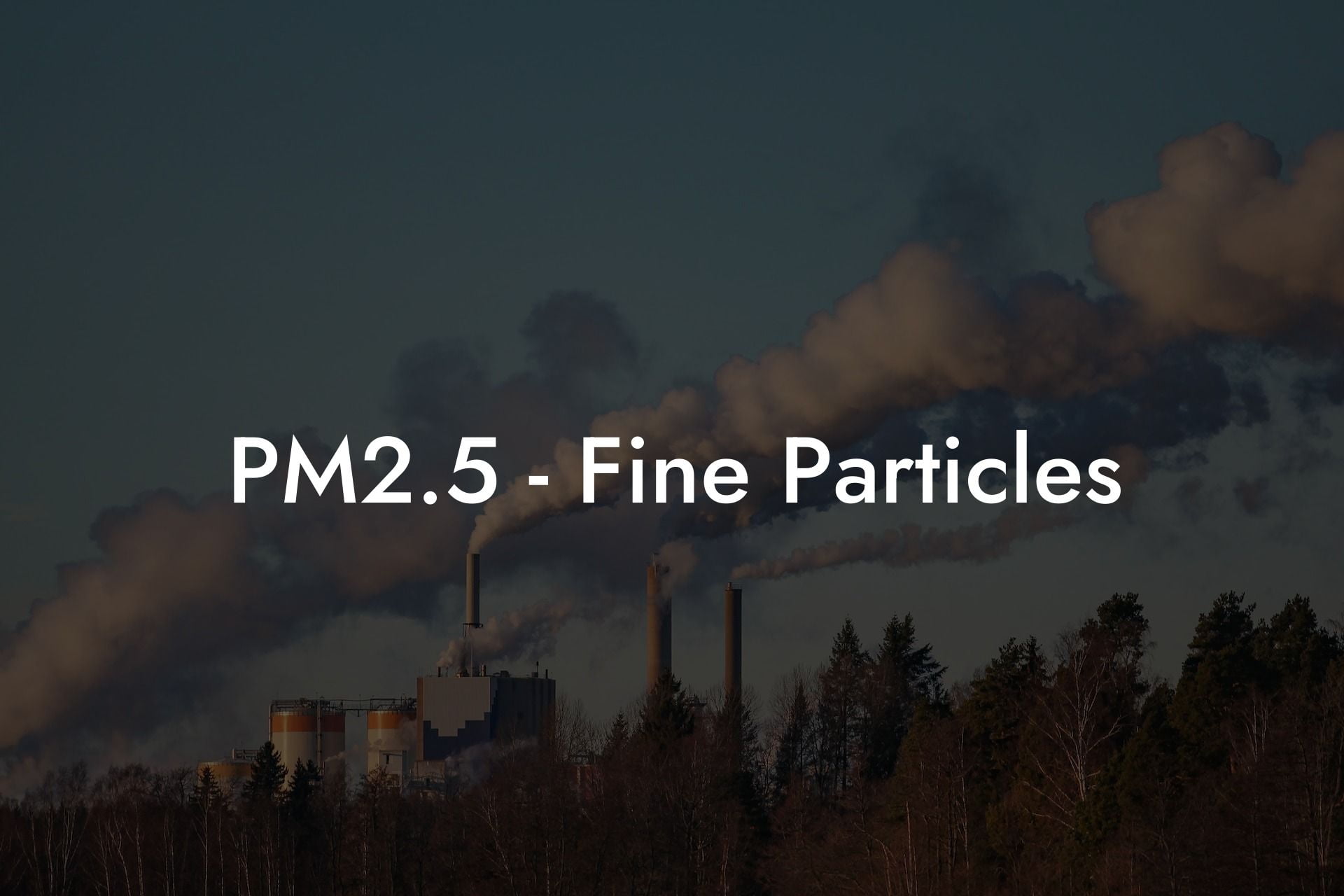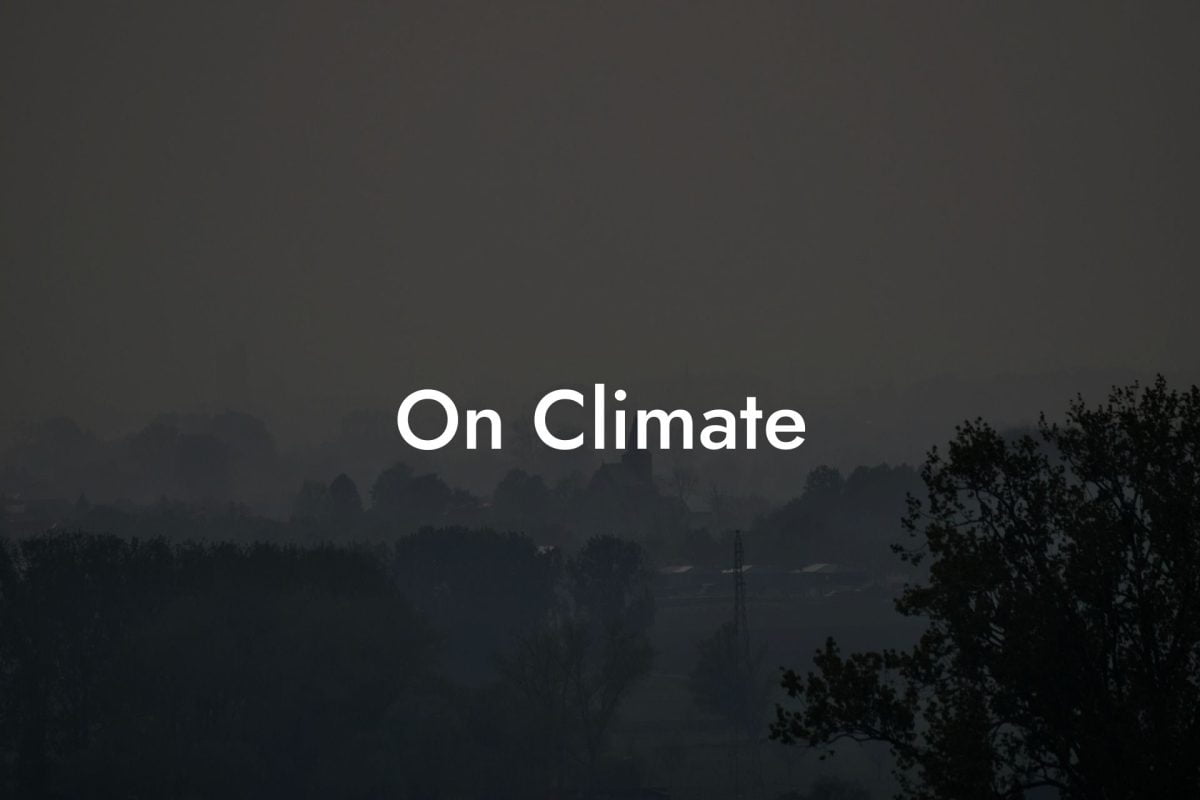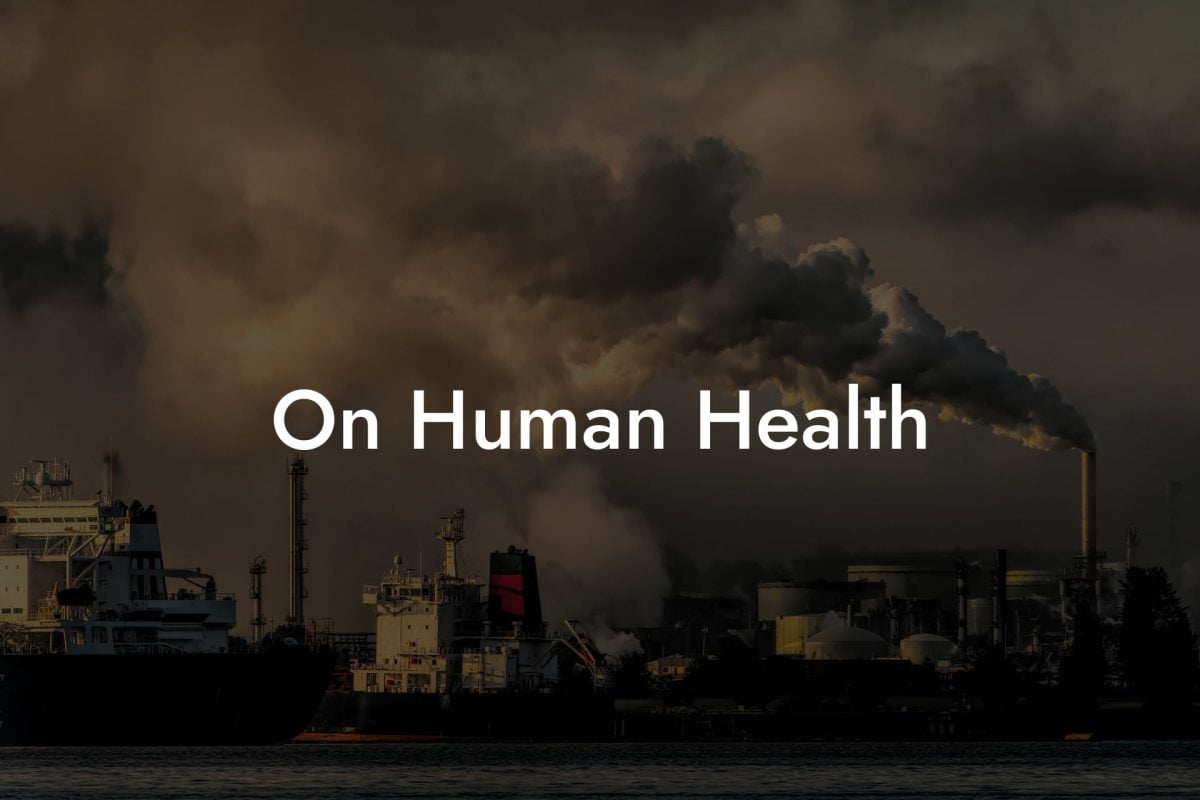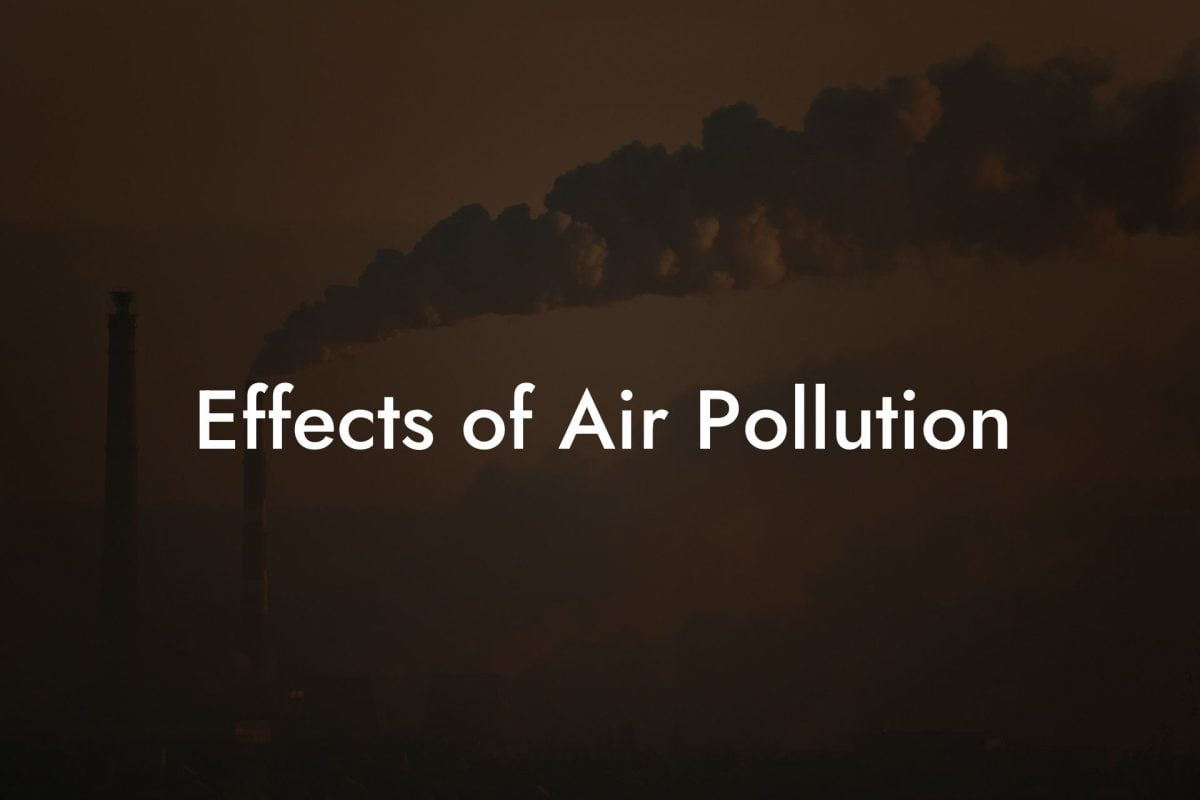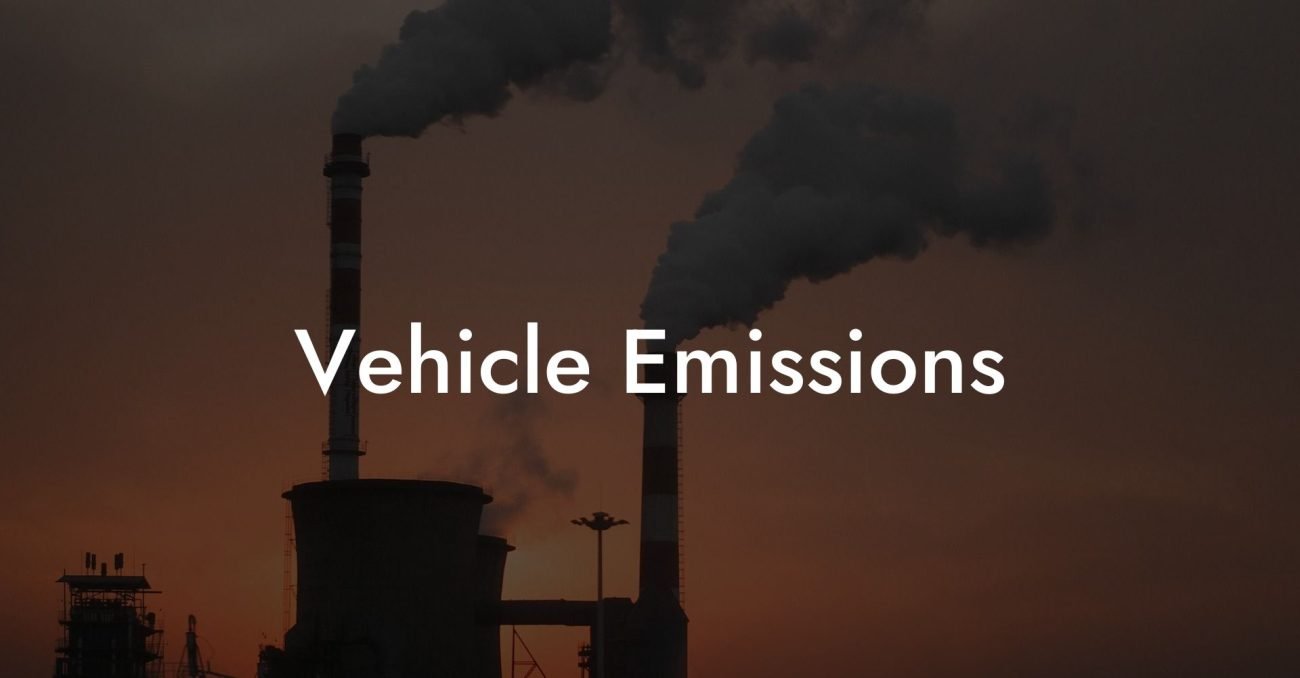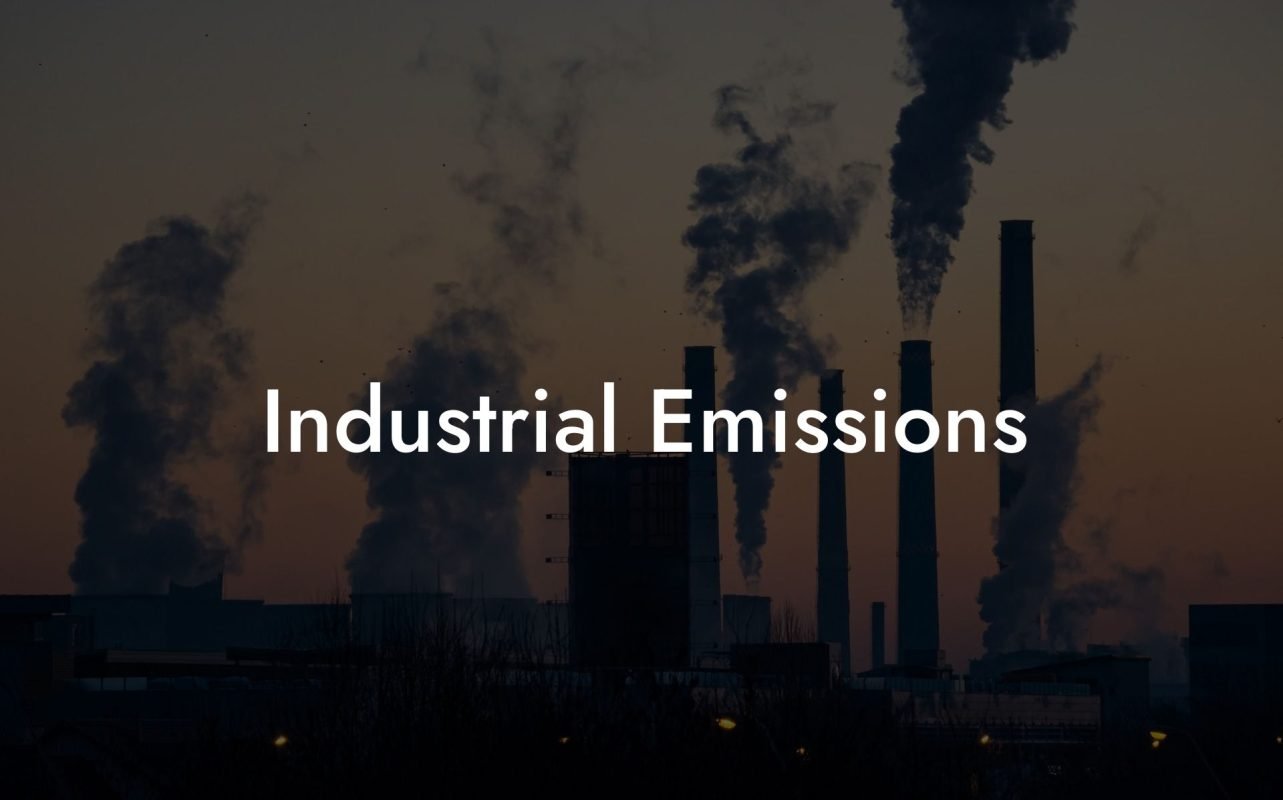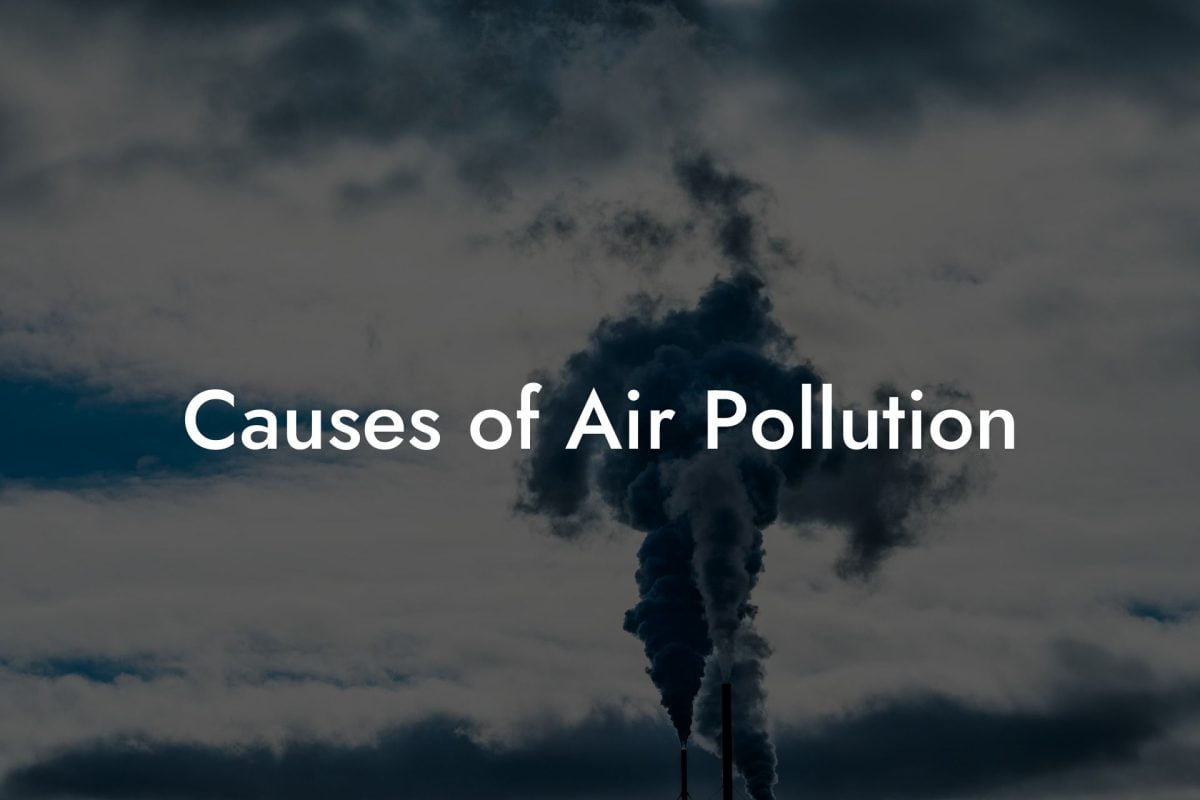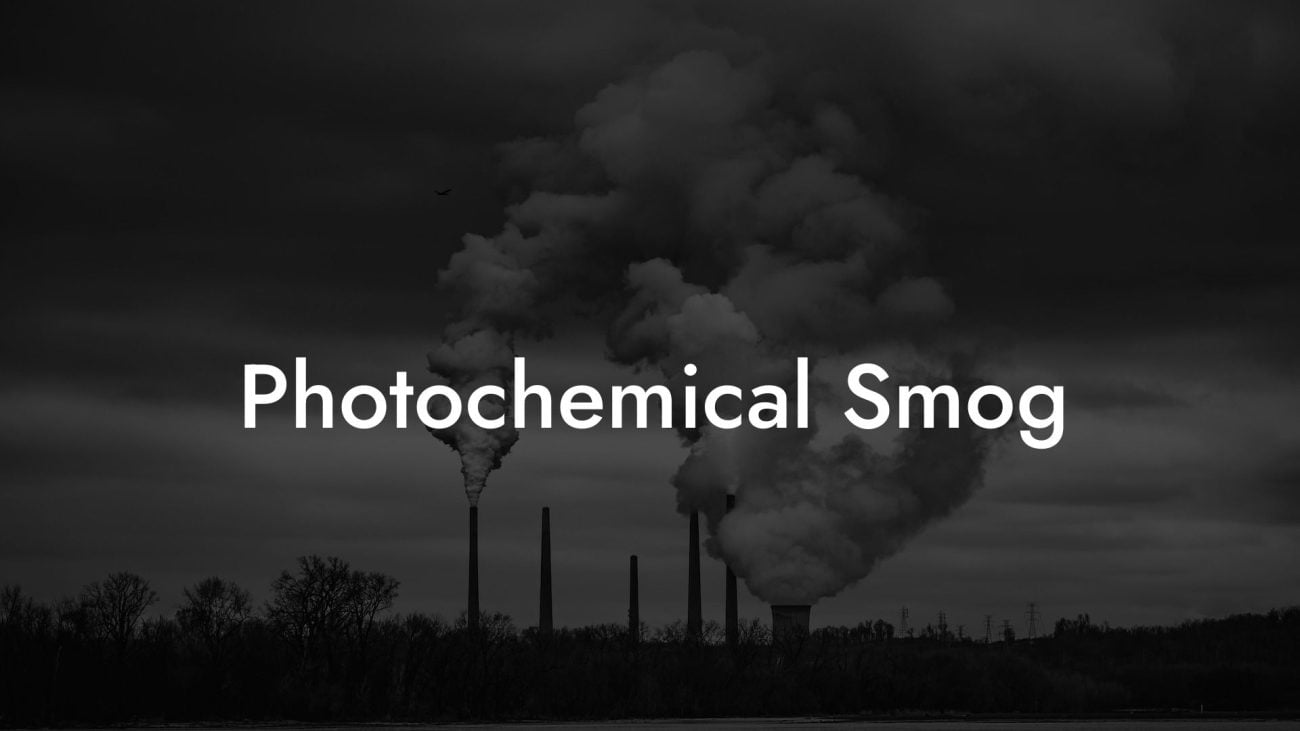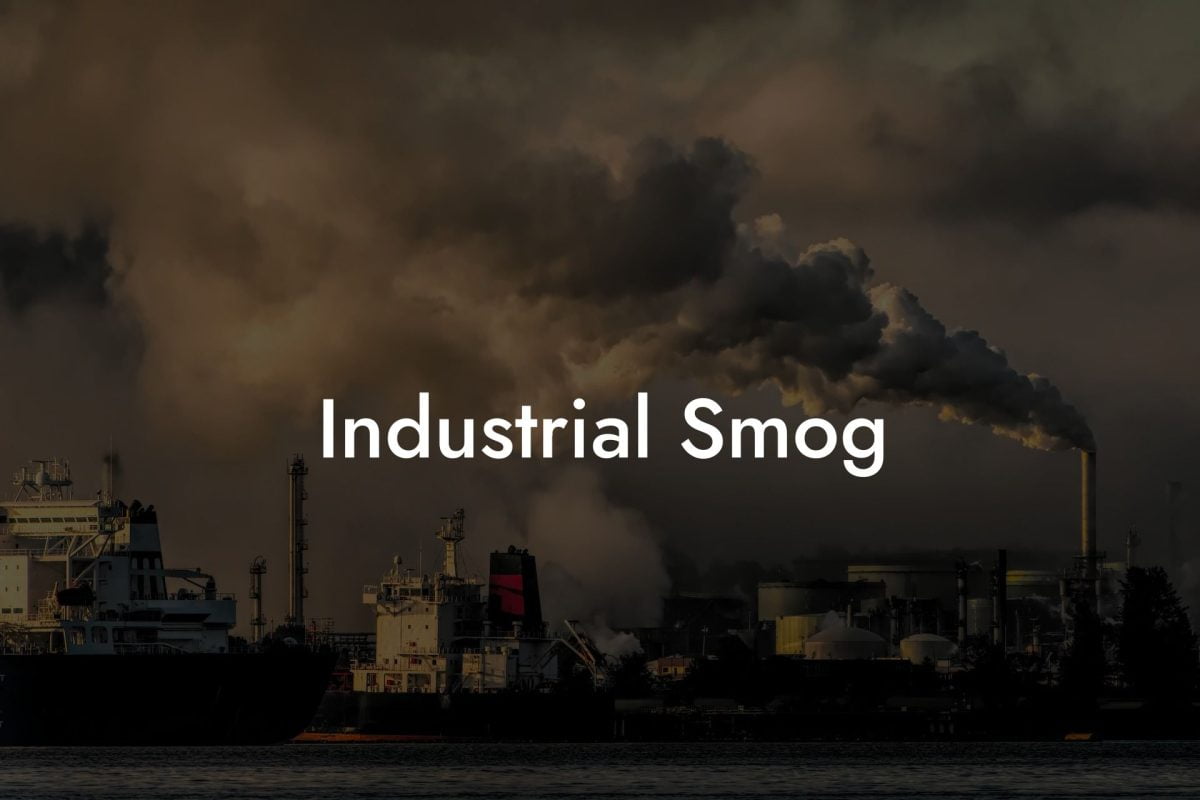Introduction to PM2.5
Particulate Matter 2.5 (PM2.5) refers to fine particles with a diameter of 2.5 micrometers or less. These microscopic particles pose significant risks to public health and the environment due to their small size and ability to penetrate deep into the lungs.
Understanding PM2.5
PM2.5 particles are so small that they can only be detected using an electron microscope. Their composition can vary greatly, including elements like organic compounds, metals, and dust.
Sources of PM2.5
Natural Sources
Natural sources of PM2.5 include wildfires, volcanic eruptions, and dust storms, which can contribute significantly to local and regional air quality.
Human-Made Sources
Significant human-made sources include vehicle emissions, industrial processes, power plants, and residential wood burning.
Health Impacts of PM2.5
Respiratory and Cardiovascular Problems
Inhalation of PM2.5 can lead to severe respiratory issues, aggravate asthma, and even cause cardiovascular problems, including heart attacks and strokes.
Long-Term Health Effects
Long-term exposure to PM2.5 is linked to an increased risk of chronic bronchitis, reduced lung function, and premature death.
Vulnerability of Certain Populations
Children, the elderly, and individuals with pre-existing health conditions are particularly susceptible to the harmful effects of PM2.5.
Environmental Effects of PM2.5
Impact on Visibility
PM2.5 contributes to reduced visibility or haze, particularly in urban and industrial areas, impacting the aesthetics of natural landscapes.
Ecological Damage
Fine particles can settle on soil and water bodies, affecting plant and animal life and disrupting ecological balance.
Monitoring PM2.5
Monitoring stations equipped with specialized filters and sensors provide data on PM2.5 concentrations in the atmosphere.
Satellite Observations
Satellites offer a broader view of PM2.5 distribution, aiding in the study of its transport and effects on a larger scale.
Regulatory Standards for PM2.5
National and International Guidelines
Regulatory bodies around the world have established guidelines for PM2.5 to protect public health and the environment.
The UK adheres to strict air quality standards for PM2.5, aiming to minimize its impact on citizens' health and the environment.
Reducing PM2.5 Levels
Pollution Control Measures
Implementation of pollution control technologies in industries and vehicles can significantly reduce PM2.5 emissions.
Policy Interventions
Policies that promote clean energy, efficient public transportation, and green urban planning are crucial in reducing PM2.5 levels.
Public Awareness and Behavioral Change
Educational campaigns and encouraging behavioral change among citizens play a vital role in tackling PM2.5 pollution.
PM2.5 in the UK Context
Current Challenges and Progress
The UK faces ongoing challenges with PM2.5, particularly in urban areas. However, targeted policies and interventions have shown progress in reducing levels.
UK Air Pollution: Your Premier Source for PM2.5 Data
Comprehensive PM2.5 Database
UK Air Pollution offers a detailed database of PM2.5 levels across the UK, making it an essential resource for monitoring, research, and policy-making.
Why Choose UK Air Pollution?
Our platform provides accurate, comprehensive, and accessible information on PM2.5, catering to researchers, health professionals, environmentalists, and the general public.
Enhancing Air Quality Understanding and Initiatives
Leverage the data and insights from UK Air Pollution for your environmental projects, research, and public health initiatives. Our database is a critical tool for understanding and addressing PM2.5 pollution in the UK.
Frequently Asked Questions
What Are PM2.5 Particles?
PM2.5 particles are fine inhalable particles with diameters that are generally 2.5 micrometers and smaller. They are a fraction of the diameter of a human hair and can penetrate deep into the lungs.
How Are PM2.5 Particles Formed?
PM2.5 particles are formed from both natural sources, like wildfires and volcanoes, and human activities, such as vehicle emissions, industrial processes, and the burning of fossil fuels.
Why is Monitoring PM2.5 Important?
Monitoring PM2.5 is crucial because these fine particles can deeply penetrate the respiratory system, causing various health issues and contributing to environmental pollution.
What Are the Health Risks Associated with PM2.5 Exposure?
Exposure to PM2.5 can lead to respiratory and cardiovascular diseases, aggravate asthma, decrease lung function, and even lead to premature death in severe cases.
How Do PM2.5 Levels Affect Children and the Elderly?
Children and the elderly are particularly vulnerable to the effects of PM2.5 due to their developing or weaker respiratory systems, making them more susceptible to health problems caused by these particles.
How Can Individuals Protect Themselves from PM2.5?
Individuals can protect themselves by staying indoors on days with high PM2.5 levels, using air purifiers, wearing appropriate masks, and avoiding outdoor activities, especially strenuous ones.
How is PM2.5 Measured?
PM2.5 is typically measured using air quality monitors and sensors that capture and analyze these fine particles. The data is often reported as part of the Air Quality Index (AQI).
What is the Safe Level of PM2.5?
Safe levels
of PM2.5 are generally considered to be below 35 micrograms per cubic meter over a 24-hour period, as recommended by the U.S. Environmental Protection Agency (EPA) and the World Health Organization (WHO).
Can PM2.5 Particles Be Seen With the Naked Eye?
PM2.5 particles are too small to be seen with the naked eye. Their presence in the air can sometimes be inferred from the haze they create.
How Does Weather Influence PM2.5 Concentrations?
Weather conditions like wind speed, humidity, and temperature can significantly impact PM2.5 concentrations. For example, stagnant air can cause these particles to accumulate, while rain can help clear them.
What Are the Common Sources of PM2.5 in Urban Areas?
In urban areas, common sources of PM2.5 include vehicle exhausts, industrial emissions, construction activities, and residential heating and cooking.
How Do PM2.5 Particles Impact Indoor Air Quality?
PM2.5 particles can significantly degrade indoor air quality, especially if they originate from indoor sources like tobacco smoke, cooking, or if they infiltrate from outside.
What Role Do Forest Fires Play in PM2.5 Pollution?
Forest fires contribute significantly to PM2.5 pollution by releasing large amounts of fine particles into the atmosphere, often affecting air quality over vast areas.
Can Air Filters Effectively Remove PM2.5?
High-quality air filters, particularly HEPA filters, can effectively capture PM2.5 particles, thereby improving indoor air quality.
How Do PM2.5 Levels Differ Between Day and Night?
PM2.5 levels can differ between day and night due to changes in atmospheric conditions and variations in emission sources, such as traffic density and industrial activity.
How Are PM2.5 Levels Communicated to the Public?
PM2.5 levels are commonly communicated to the public through air quality indices like the AQI, which provide a clear and understandable indication of current air quality and associated health risks.
How Does PM2.5 Contribute to Visibility Reduction?
PM2.5 particles can scatter and absorb light, reducing visibility and contributing to the phenomenon known as haze, particularly in urban and industrial areas.
What is the Global Impact of PM2.5 Pollution?
Globally, PM2.5 pollution is a major environmental health risk, contributing to millions of premature deaths annually and affecting the quality of life in many cities and regions.
How Can PM2.5 Emissions Be Reduced?
Reducing PM2.5 emissions involves controlling sources such as vehicle exhaust, industrial emissions, and residential heating, as well as implementing clean energy solutions and promoting sustainable urban development.
What Are the Challenges in Controlling PM2.5 Pollution?
Challenges include the wide range of sources, the small size of the particles, the need for widespread public and industrial compliance with regulations, and the integration of pollution control strategies into broader urban planning.
How Do PM2.5 Levels Affect People with Asthma and Other Respiratory Conditions?
People with asthma and other respiratory conditions are more susceptible to the harmful effects of PM2.5, which can trigger asthma attacks, exacerbate symptoms, and lead to other respiratory complications.
What Future Innovations Are Expected in PM2.5 Monitoring and Control?
Future innovations may include more advanced sensor technology for real-time monitoring, greater integration of air quality data with public health initiatives, and the development of more effective air purification technologies.


